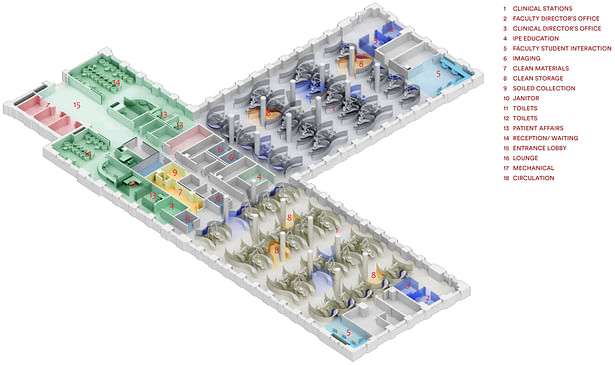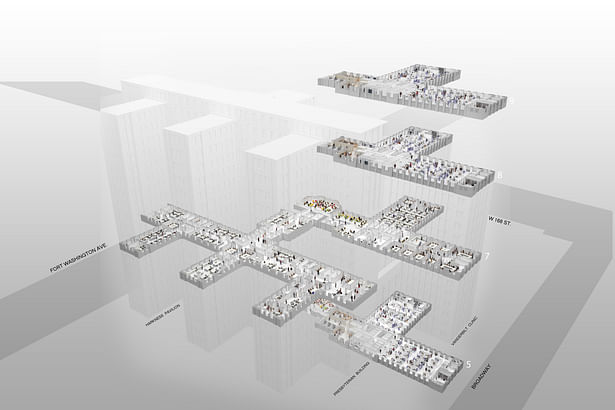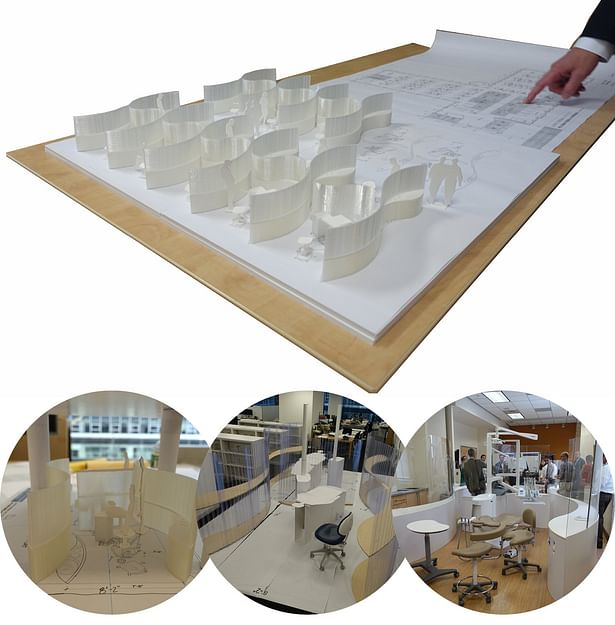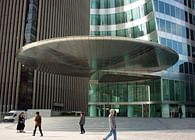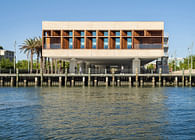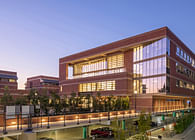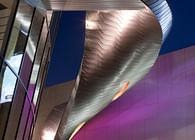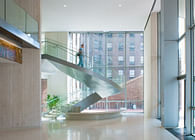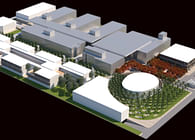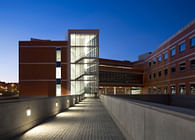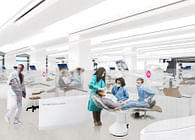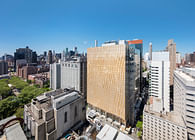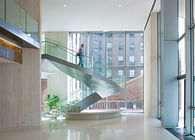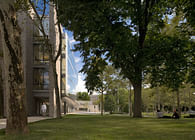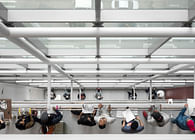
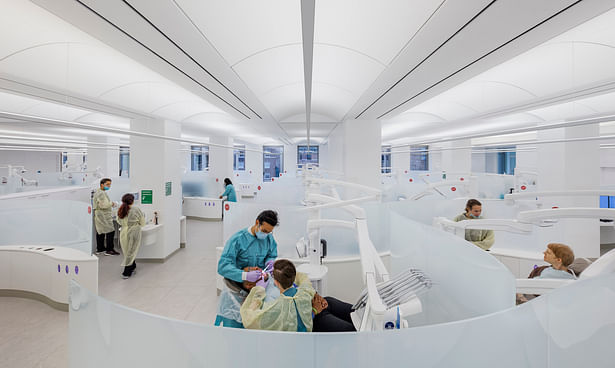
The Columbia University School of Dental Medicine will undergo significant upgrades of its teaching facilities, including a new 15,000 square foot facility for preclinical simulation learning and patient care.
The design translates the school’s vision for dentistry into architectural form.
Located adjacent to the school’s existing space for education and patient care, this new operatory environment supports simulation learning and patient care within the same setting, making the preclinical experience as realistic as possible. Through the iterative process of researching, observing, designing and testing, the team has arrived upon a single prototype that effectively simulates the preclinical dentistry experience. S-shaped partitions envelope a dental chair and its surrounding equipment, their arrangement determined by the optimal ergonomic conditions required by dentists. Additional services include the development a master plan for the college through the extensive review of CDM’s current and future needs.
SITE: Vanderbilt Clinic, within the NewYork-Presbyterian / Columbia University Medical Center Complex
COMPONENTS: 16,000 ft2 / 1,500 m2; outpatient clinic and teaching labs
CLIENT: Columbia University College of Dental Medicine, New York; Columbia University Medical Center, New York
PCF&P SERVICES: Master planning, interior design, and industrial design
Status: Built
Location: New York, NY, US
Firm Role: Master planning, interior design, and industrial design
Additional Credits: Architect of Record: Jeffrey Berman | Architect, New York, NY
Mechanical / Electrical / Plumbing: Cosentini Associates, New York
Interiors: Pei Cobb Freed & Partners
